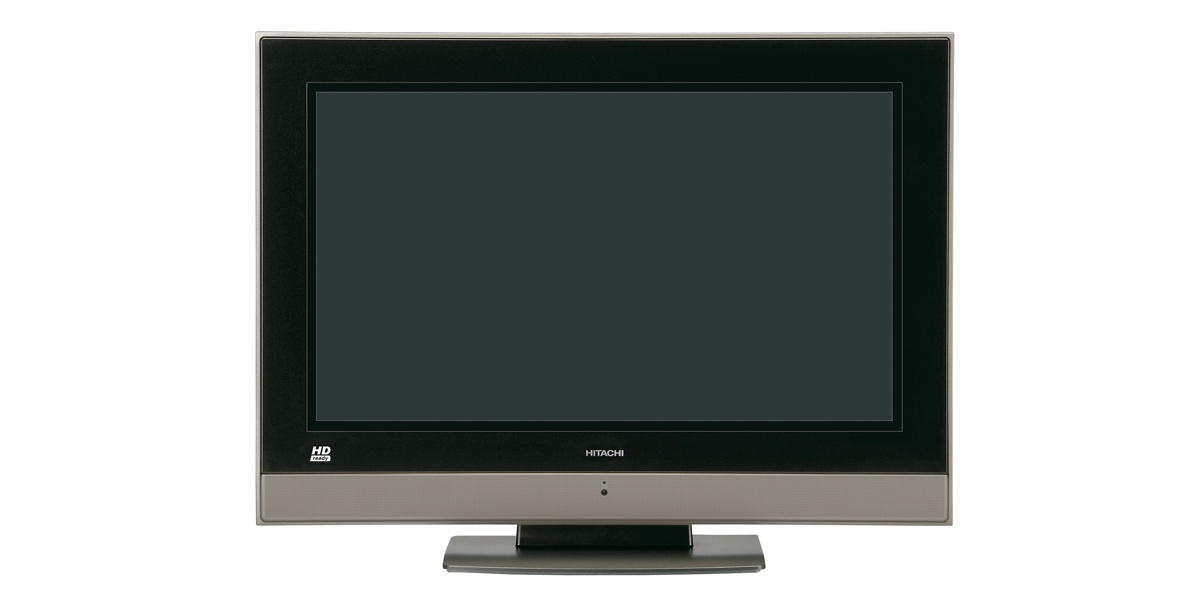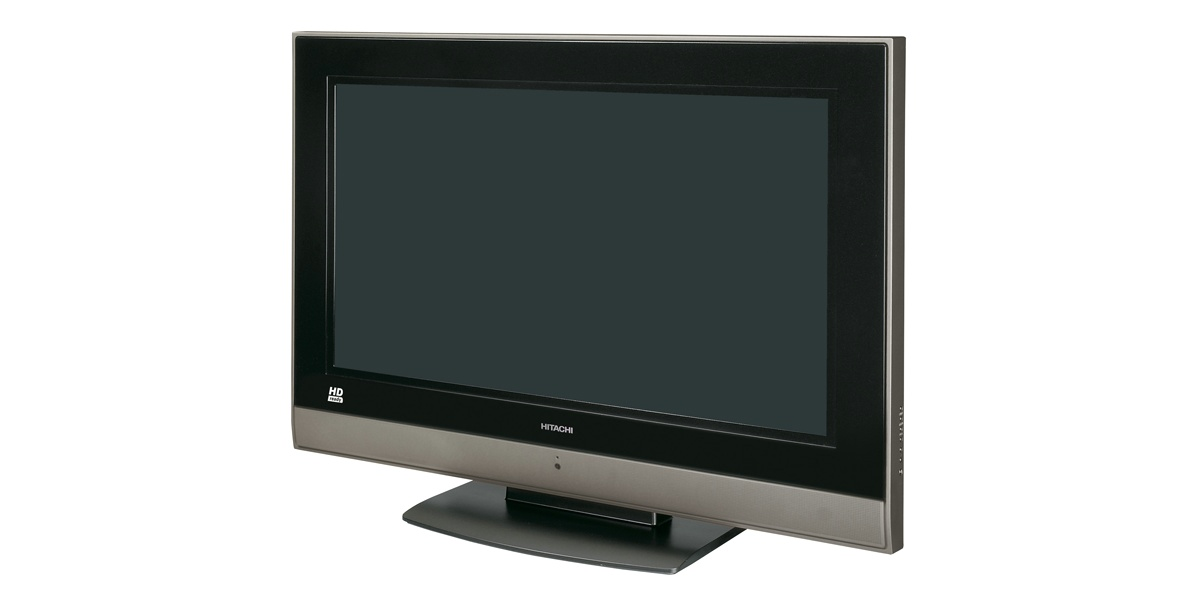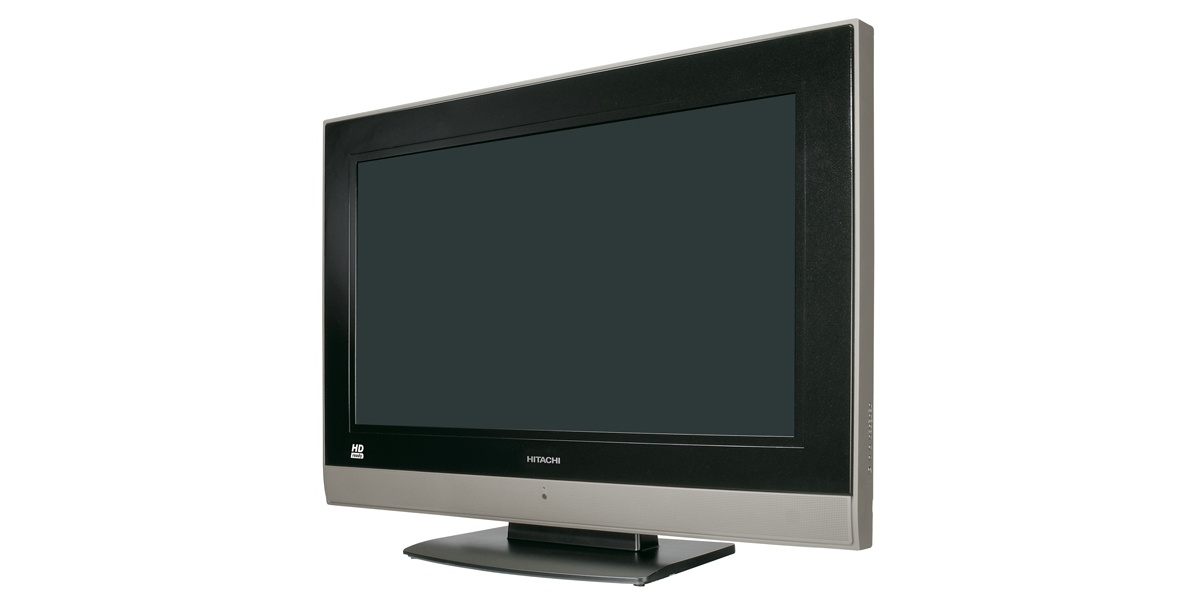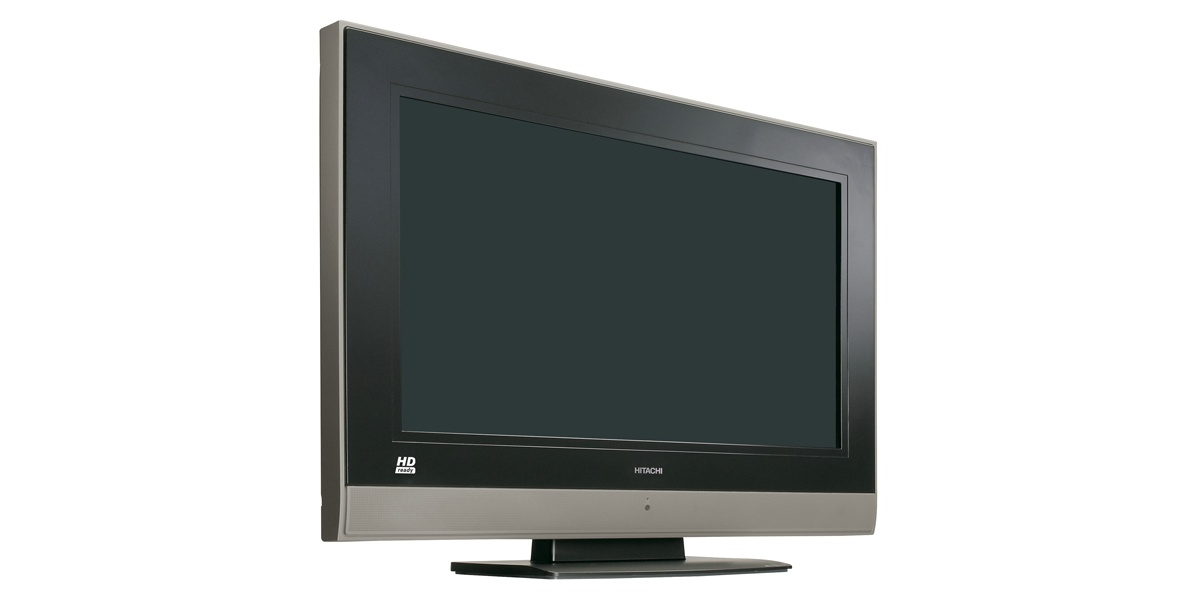Produkty Wycofane




Picture |
||
|
Wielkość ekranu |
82cm Visible |
|
|
Typ ekranu |
LCD |
|
|
Rozdzielczość (piksele) |
1366 x 768 |
|
|
Zaawansowana technologia obrazu |
I3 |
|
|
Panel Luminance (Typical) |
550cd / m² |
|
|
Współczynnik kontrastu |
1000:1 |
|
|
PaP/PaT/PinPC |
Yes / Yes / Yes |
|
|
Proporcje obrazu |
16:9 |
|
Analogue Tuner |
||
|
Programmes (Analogue) |
100 |
|
|
Cable/Hyperband |
Yes / Yes |
|
|
UK Specification |
PAL / I / I' |
|
|
European specifications |
PAL / SECAM / I I' / BG / H / L L' / DK |
|
WejŚcie SygnaŁu Wideo |
||
|
PAL/PAL60 |
Yes / Yes |
|
|
SECAM |
Tak |
|
|
NTSC4,43/3,58 |
Yes / Yes |
|
PoŁĄczenia Wideo |
||
|
HDMI Input |
Tak |
|
|
SCART Socket |
2 |
|
|
Component Video |
Tak |
|
|
Progressive input (PAL/NTSC) |
Tak |
|
|
S-VHS Video |
Tak |
|
|
Composite Video |
Tak |
|
|
Video line out (Tuner) |
Selectable |
|
DŹwiĘk |
||
|
Wyjście RMS |
2 x 8W |
|
|
Dynamic Bass |
Tak |
|
|
3DS |
Tak |
|
PoŁĄczenia Audio |
||
|
Wejście audio |
Tak |
|
|
Audio Line Out |
Tak |
|
|
PC In |
Tak |
|
|
Headphone Socket |
Tak |
|
WejŚcie Do Komputera |
||
|
15-stykowe D-sub |
Tak |
|
Ogólne |
||
|
Country of origin |
Europe |
|
|
Pobór mocy/tryb gotowości |
148W / 1.5W |
|
|
Masa (ze stojakiem) |
16kg |
|
|
Masa (bez stojaka) |
13.5Kg |
|
|
Wymiary (sz. × w. × gł.) (mm) (ze stojakiem) |
854 x 649 x 250 |
|
|
Wymiary (sz. × w. × gł.) (mm) (bez stojaka) |
854 x 600 x 104 |
|
|
Języki menu ekranowego |
UK, F, GE, IT, SP, SWE, NOR, GRE, TUR, DUT, POR, DAN, FIN |
|
|
Języki menu IB |
UK, F, GE, IT, SP, SWE, NOR, GRE, TUR, DUT, POR, DAN, FIN |
|
|
EAN Code (32LD8600) |
4902530779011 |
|
Akcesoria |
||
|
Uchwyt ścienny |
As Supplied |
|
Availability |
||
|
32LD8600 |
Europe |
IDTV stands for Integrated Digital Television. This means that the set has a built in Digital Tuner as well as the conventional analogue tuner and can receive both Digital TV and Radio channels if they are available in your area.
IDTV stands for Integrated Digital Television. This means that the set has a built in Digital Tuner as well as the conventional analogue tuner and can receive both Digital TV and Radio channels if they are available in your area.
It is not advisable to leave still images on a Plasma TV for long periods of time (several hours) on a regular basis because there is a small chance that some image retention may happen. Generally speaking with a modern Plasma TV this is not an issue if it is used as a normal television and not used exclusively with static images.
It is not advisable to leave still images on a Plasma TV for long periods of time (several hours) on a regular basis because there is a small chance that some image retention may happen. Generally speaking with a modern Plasma TV this is not an issue if it is used as a normal television and not used exclusively with static images.
This is largely a matter of personal choice but as a guide for optimum results we recommend approximately 3 to 4 times the screen height for watching HD images and 4 to 5 times for SD images.
This is largely a matter of personal choice but as a guide for optimum results we recommend approximately 3 to 4 times the screen height for watching HD images and 4 to 5 times for SD images.
Both technologies can offer excellent pictures but we recommend Plasma for larger screen sizes such as 50” and above. LCD are better in bright conditions and Plasma are generally better in lower light conditions.
Both technologies can offer excellent pictures but we recommend Plasma for larger screen sizes such as 50” and above. LCD are better in bright conditions and Plasma are generally better in lower light conditions.
Normal TV pictures are called Standard definition and actually display 576 visible lines to make the picture on the screen. High definition uses more lines and can be either 720p lines or 1080i lines. You should look for sets that carry the HD Ready logo that ensure a set is capable of displaying HD content. Most broadcast content is currently 1080i.
Normal TV pictures are called Standard definition and actually display 576 visible lines to make the picture on the screen. High definition uses more lines and can be either 720p lines or 1080i lines. You should look for sets that carry the HD Ready logo that ensure a set is capable of displaying HD content. Most broadcast content is currently 1080i.
This means that all 1080 lines that make up one frame of a picture are drawn in one pass (this is called Progressive Display – see glossary) It contains more information than any other format so can give the best results possible but of course it depends on the quality of the original content. This is new format and generally only available from Blu Ray players or similar devices.
This means that all 1080 lines that make up one frame of a picture are drawn in one pass (this is called Progressive Display – see glossary) It contains more information than any other format so can give the best results possible but of course it depends on the quality of the original content. This is new format and generally only available from Blu Ray players or similar devices.
TV pictures are made by showing still pictures (frames) very quickly. In Europe this is normally 25 frames per second. A progressive display shows every line of the frame at once whereas an interlaced display shows the odd numbered lines and then the even numbered.
TV pictures are made by showing still pictures (frames) very quickly. In Europe this is normally 25 frames per second. A progressive display shows every line of the frame at once whereas an interlaced display shows the odd numbered lines and then the even numbered.
TV pictures are made by showing still pictures (frames) very quickly. In Europe this is normally 25 frames per second.. Most broadcasters transmit programmes in Interlaced format which means that each frame is sent in two parts, the odd numbered lines and then the even numbered lines. This is quite an efficient method of sending TV pictures and traditionally all TVs have had an interlaced display. This means that the odd lines are drawn on the screen and then the even lines are drawn in the gaps in between them. Because of the speed of drawing these lines your eye will not detect the slight difference in time between the odd and even lines.
TV pictures are made by showing still pictures (frames) very quickly. In Europe this is normally 25 frames per second.. Most broadcasters transmit programmes in Interlaced format which means that each frame is sent in two parts, the odd numbered lines and then the even numbered lines. This is quite an efficient method of sending TV pictures and traditionally all TVs have had an interlaced display. This means that the odd lines are drawn on the screen and then the even lines are drawn in the gaps in between them. Because of the speed of drawing these lines your eye will not detect the slight difference in time between the odd and even lines.